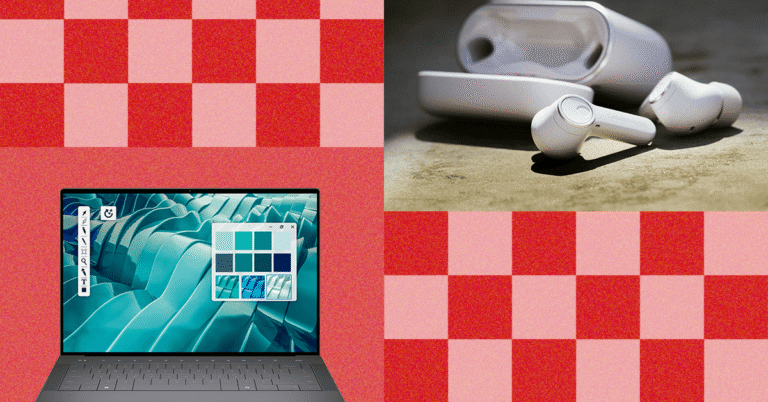This Android 16 feature may finally expose a spying tactic used for years
These fake towers, often called stingrays or cell-site simulators, mimic real cell towers and trick nearby phones into connecting. Once connected, the attacker can collect data like your IMEI number or force the phone to switch to older, less secure networks like 2G. This makes it easier to intercept unencrypted calls and texts. Although stingrays are often used by law enforcement, they can also be misused by hackers or other bad actors.
However, these features depend on support from a phone’s modem. Specifically, they require version 3.0 of Android’s IRadio HAL (hardware abstraction layer). Because many current phones don’t have this, some features are still unavailable — even on Pixel devices running the latest Android versions.
However, with Android 16, Google is bringing back a dedicated “Mobile network security” settings page inside the Safety Center. It includes two main features:
- Network notifications: Alerts you when the phone connects to an unencrypted network or when a network requests your device’s identifiers.
- 2G network protection: Lets you turn off 2G network support completely.
If enabled, Android will post alerts in the notification panel and Safety Center. These alerts tell you when your phone switches from encrypted to unencrypted networks and log when a network asks for your phone’s identifiers.
This is pretty unique considering that Apple does not currently offer a direct equivalent to this where users are warned about fake cell towers or insecure network conditions in real time. However, Apple can enforce certain network-related protections in collaboration with carriers, but these are often buried in carrier settings and not adjustable by the user.
Therefore, for Android users, his update will be a small but meaningful step in improving user privacy. While it unfortunately won’t help with existing phones, it shows Google is continuing to strengthen Android’s defense against silent tracking methods. In my opinion, the real impact will depend on how widely phone makers adopt the necessary hardware going forward.





